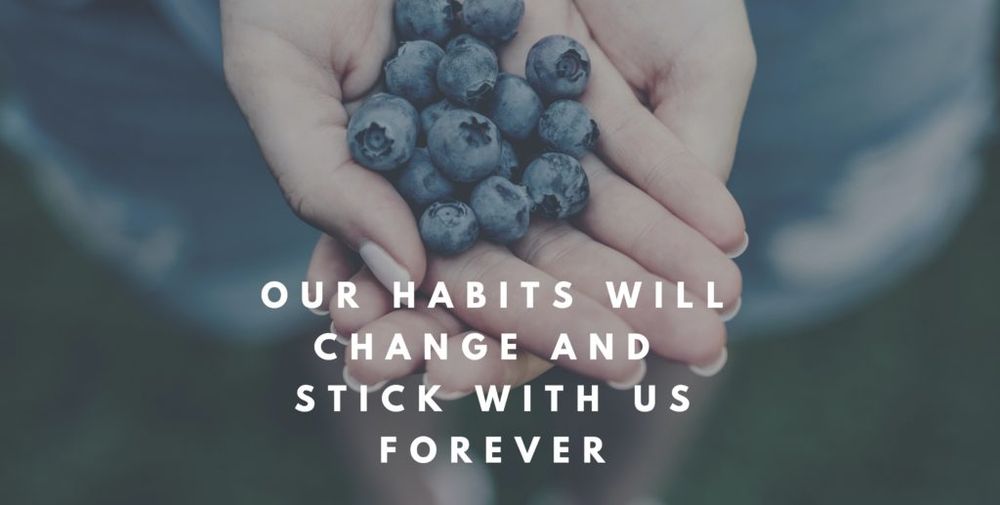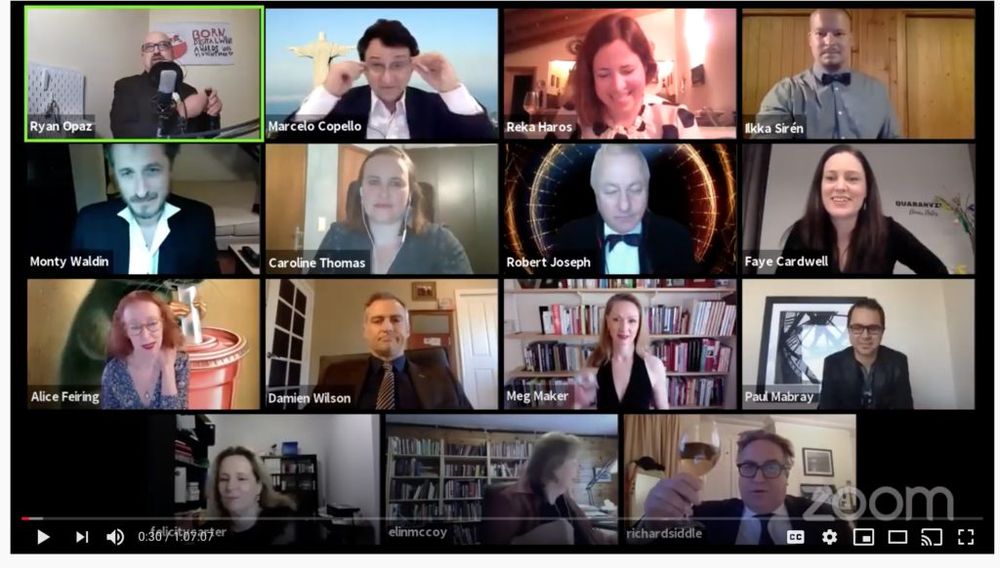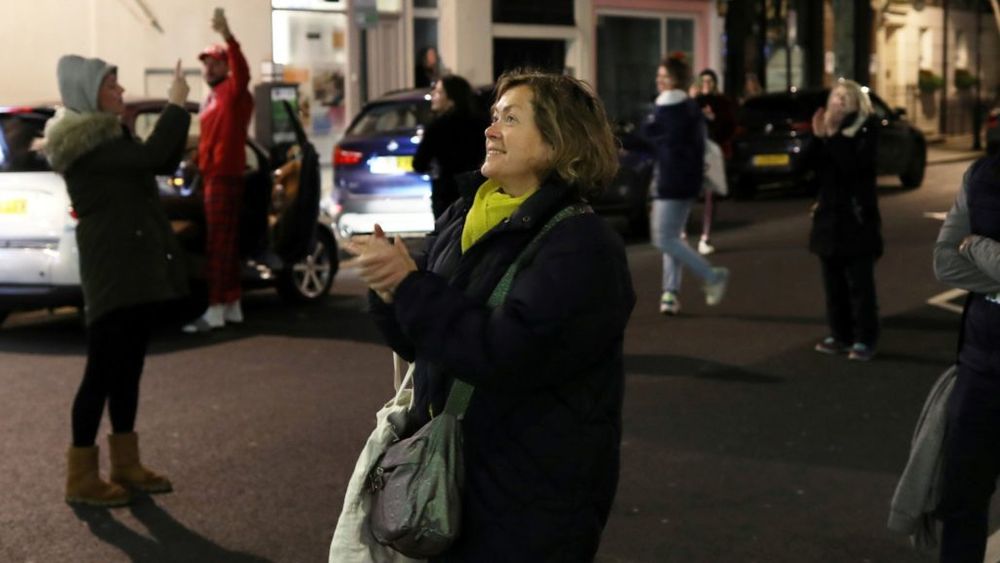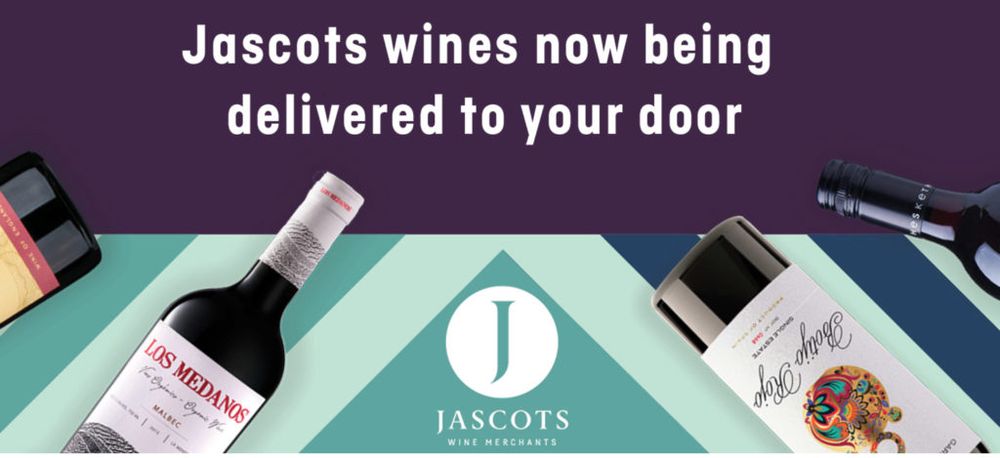A day has felt like a week at times during the Covid-19 lockdown. Our usual way of life has changed so fast that KAM Media believes we are already seeing the emergence of a new and different ‘Post Corona Consumer’. Here’s what that consumer looks like…
When you spend all your working life analysing consumer trends and the minute changes in behaviour that characterise how we are all likely to behave in any given situation, then the last few weeks must have felt like being on a fast-tracked Masters course in consumer dynamics. Normally KAM Media spends most of its time talking to consumers about how they are spending their money across the hospitality and convenience store sectors. Working with different operators to assess how much time they are spending in their outlets and what they are spending their money on when they do.

It has, instead, turned its usual modelling to identify what it sees as the six key trends that will determine what it sees as the “Post Corona Consumer”. But first it says there will be two different types of consumer that emerge, within which those factors will play their part. The two types of consumer being:
1. Those who have felt like they have been cooped up in their home, and will embrace the newfound freedom. They will dine out more, travel more, and be more social than ever.
Then there will be the other very distinctive consumer group:
2. Those that will have become more connected to their homes and embraced the opportunity for home cooking, family time, and actually appreciated the slower pace to life. Many people will actually be more cautious of the time they spend in the big wide world.
But whichever side of the house they emerge from KAM Media believe there are six trends that will define our new way of living as “Post Corona Consumers”.
Hyper Connected

We are all having to live our business and personal lives online during the lockdown – but what happens in the future?
We are all currently having to get online just to do anything be it working,having meetings, talking to friends or enjoying out down time watching films, TV and listening to music. The lockdown has put all those into fifth gear. Just look at the number of online tastings, webinars, and meetings that we are all taking part in every day. Our diaries are being filled by not going out to meetings, but logging into Zoom or Google hangouts and doing our business from the comfort of our own homes.
Crucially this is now across all generations and demographics as we are all having to find our way in the digital world. It means any brand growth in the future will need to have online, and ecommerce at its heart. “As people emerge from a crisis, they’ll appreciate those brands that supported them through it,” says KAM Media.
It means we are also going to be far more open to going online to take part in tutorials, tastings, yoga lessons or whatever. It also means every wine business now has to have an effective and relevant digital strategy that works for them and their customers. Being online is no longer a nice to have, it’s now imperative.
(Virtual) Experience Economy

Weeks of lockdown means consumers are looking for any experience they can get that replicates what they can enjoy in the outside world – this could be the time that virtual reality finally finds its place
Businesses are now having to learn the hard and fast way that they need to take their services and experiences direct to their consumers, says KAM Media.
In the drinks industry those suppliers who previously were doing very nicely thank you by just supplying the on-trade saw their entire sales disappear overnight with the shutdown of all bars and restaurants. Many have now changed their business models 100% and are going direct to consumer just to have any chance of staying in business.
KAM Media believes the pace this is now happening – across all industry sectors – will transform what it calls the “experience economy” going forward. Only by creating a memorable experience will you be able to keep your business ahead of your competitor, it claims. KAM Media’s own research shows that two thirds of consumers want hospitality venues to deliver “an experience that they can’t replicate at home”. Now things have changed. How can we now replicate these experiences at home?
KAM Media’s report explains: “But immersive new technologies mean that people can increasingly get their experience fixes from the virtual world. Social media and esports are two of the obvious examples, but YouTube and Zoom are also being used to bring these experiences into the home . In the ‘new normal’ expect these, and other virtual experiences to take on new levels of meaning. A photo on Instagram probably won’t cut it anymore. Can your brand create ‘virtual’ experiences that they’ll want to share, as much as their real-world experiences?”
Ambient Wellness

Coming together to ‘clap for carers’ at 8pm every Thursday evening will potentially have a combined effect on our own feelings and awareness of health and well being
We are now putting not just our health and well being at the top of the agenda, but also our friends, colleagues and people in the community, says KAM Media. “Physical safety is now a consideration,” says the report. “Offering an environment which minimises negative impacts, and even actively offers health boosting benefits, will be appreciated.”
People are likely to be vulnerable and a little confused coming out of isolation. Many will have been through some very tough and sad experiences. Get ready to flex your brands empathy muscle. This is something that doesn’t require a huge budget or highly technical solution. It simply needs you to think about what’s causing your customers’ mental anguish.
Delivery

Only 7% of UK consumers were using delivery apps on a weekly basis before this crisis, says KAM Media. Now thanks to the national lockdown how good you are being able to deliver your goods and services to the doors of your customers will define you as a retailer and business going forward. How well you can continue to deliver is going to be vital in the weeks and months to come.
We have seen in the wine industry how businesses such as Jascots Wine Merchants that previously was a 100% on-trade supplier has now switched, for the time being at least, to being a 100% direct to consumer player.
KAM Media now places the figure for regular home delivery use at 24% of consumers, but is rising all the time. Consumers are currently accepting kinks that will not be acceptable in less challenging times. Smart brands will use this period to experiment, but when making longer term plans, think carefully about which parts of your customer journey to automate, says KAM Media.
Never Forget

Drinks companies like Brewdog have acted by turning their production over to producing hand sanitisers
Brands and businesses will be remembered down the line for how they behave now, says the report. “Ultimately what you do now will help consumers decide whether they want to be associated with your business or brand in the future,” says the report.
It’s the same analysis that is coming out of the latest research from Kantar and Nielsen that have also seen big changes in consumer behaviour and, in particular, ar rising expectation from consumers for brands and businesses to be doing the right thing.
As The Buyer reported this week as part of our Covid-19 rolling blog, Kantar has seen people’s expectations of brands and businesses rise over the last few weeks.
- 47% of people now expect companies to support hospitals during the crisis (vs 41% a month ago), while 39% say that companies should be making themselves available to governments (vs 35% a month ago).
- 31% of people, say Kantar, want brands to help them during their everyday life suggesting that how brands behave now will be remembered in life after the pandemic.
Connect and Collaborate

The big positive to come out of this situation is how quickly businesses and individuals have come together to collaborate and work together on new ideas and joint initiatives, says KAM Media. The last month has seen a whole host of initiatives and that have seen so many restaurant groups and those in the drinks supply chain come together for the greater good. The Drinks Trust has seen businesses across the hospitality, retail and drinks industry raise over £400,000 for an emergency Covid-19 fund.
“Ithas reminded people that the best organisations are those that collaborate generously with others,” says KAM Media. “What moves can you make now to serve your customers, your employees, and your partners better for the longer term? Which growth avenues could you pursue? What new partnerships could you develop now that were more difficult before? This really could be one of the most impactful trends to come out of this crisis.
It adds: “In 1959, Volvo invented the three-point seat belt and made the patent available to everyone in the interests of public safety. It’s estimated that since then the invention has saved over 1 million lives. The brand still (rightly!) celebrates this decision. Ask yourself: What could we do in 2020 that people will still be talking about in 50 years time?”
- If you would like to get your own version of KAM Media’s report into the ‘Post Corona Consumer’ then click here to get a download.































